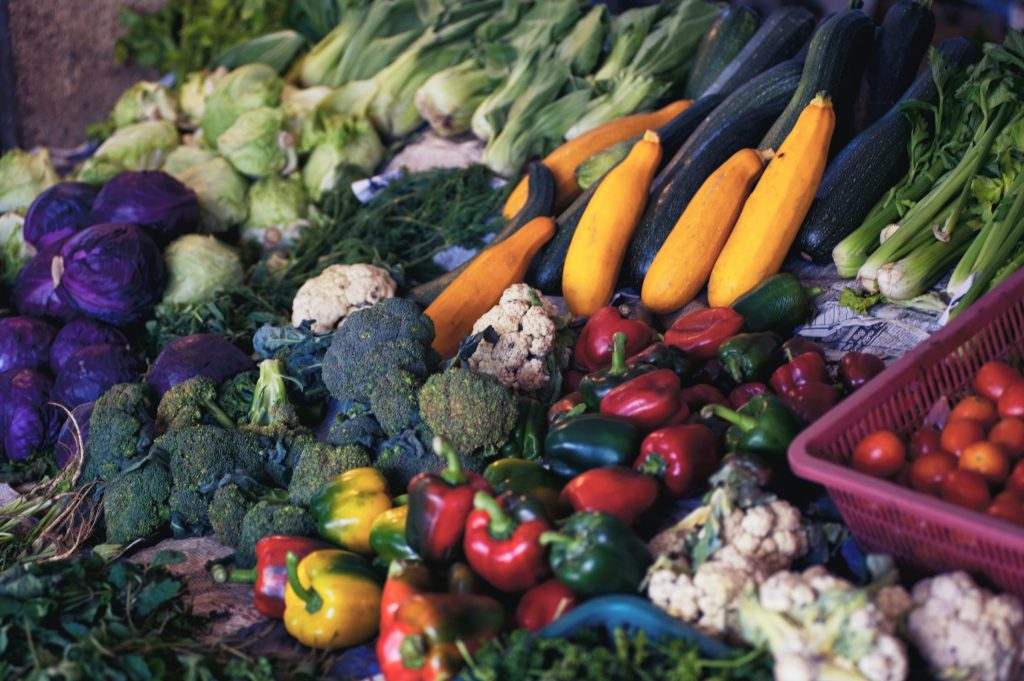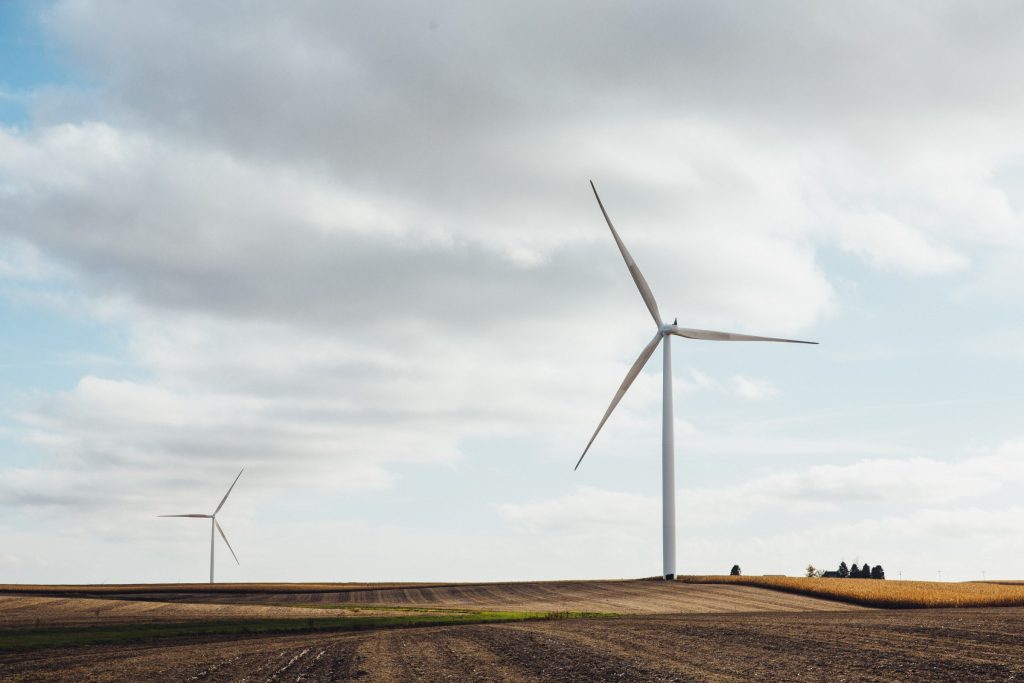Home » Community Climate Resilience Menu » Explore Our Menus » Agriculture & Local Food Systems Menu
Agriculture & Local Food Systems Menu

Every community has an interconnected food system. Local producers, including livestock and crop farmers, as well as food processing facilities, grocery stores, co-ops, farmers markets, food pantries, restaurants, and others, make up the system. Resiliency in a food system is characterized by the ability to provide access to healthy, culturally appropriate foods to all community members without increasing greenhouse gas emissions.
A community can choose from a mixture of policy, procedures, incentives, and educational strategies to improve climate resilience of their food system.
Equity & Environmental Justice
In using the menu, please keep in mind how to involve equity and environmental justice in each. Some ideas have been included, but given the diverse nature of each community, finding what fits your community’s unique circumstances, should be the main goal with every action.
We have divided the food and farming systems menu into three subsections: (1) climate-and-farm-friendly food systems, (2) food waste management, and (3) on-farm energy. Our vision is a comprehensive food system that provides access to healthy, culturally appropriate foods to all without net greenhouse gas emissions.
Each Menu has a definition or explanation and a series of strategies organized in a menu format (i.e., Equity & Environmental Justice, Education & Information, Low-Cost Strategies, Significant Resource Deployment, Celebrating Successes, and Grants & Funding) where links and resources (e.g., additional information, examples, case studies, best practices) are provided. Revisit the menu format.







